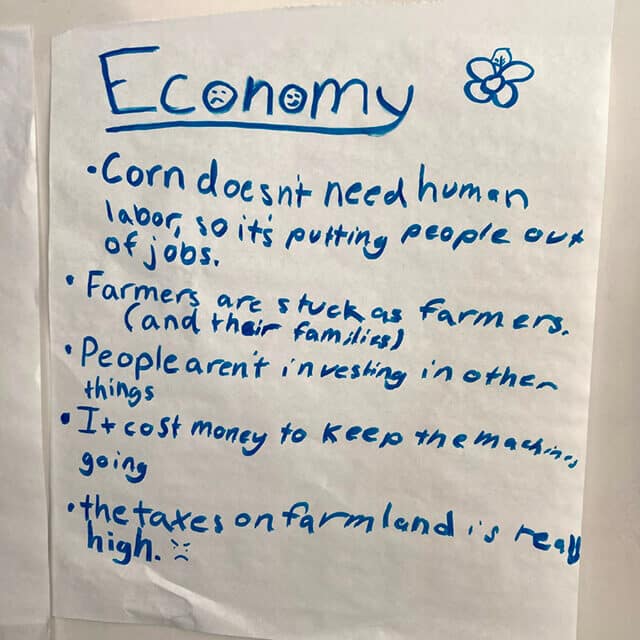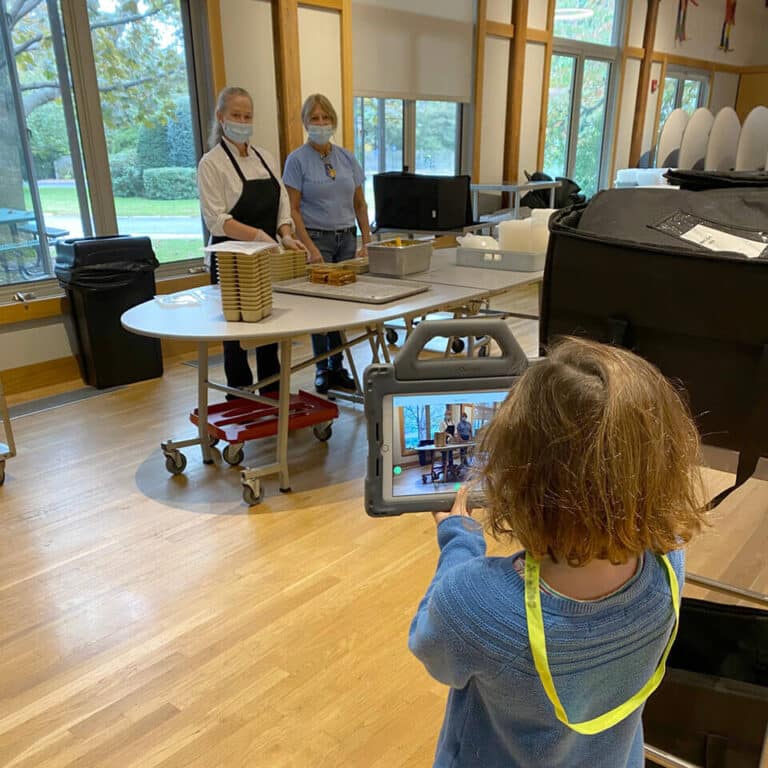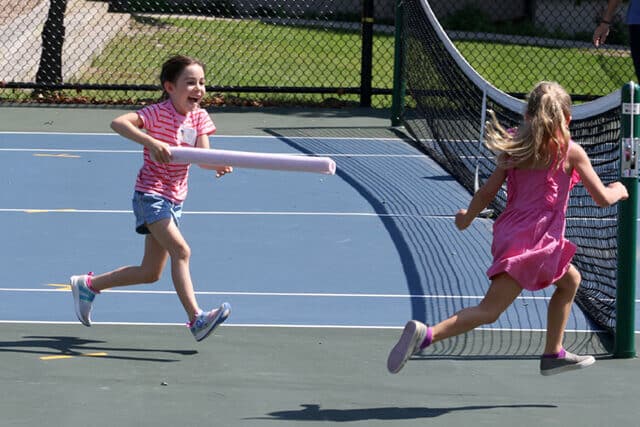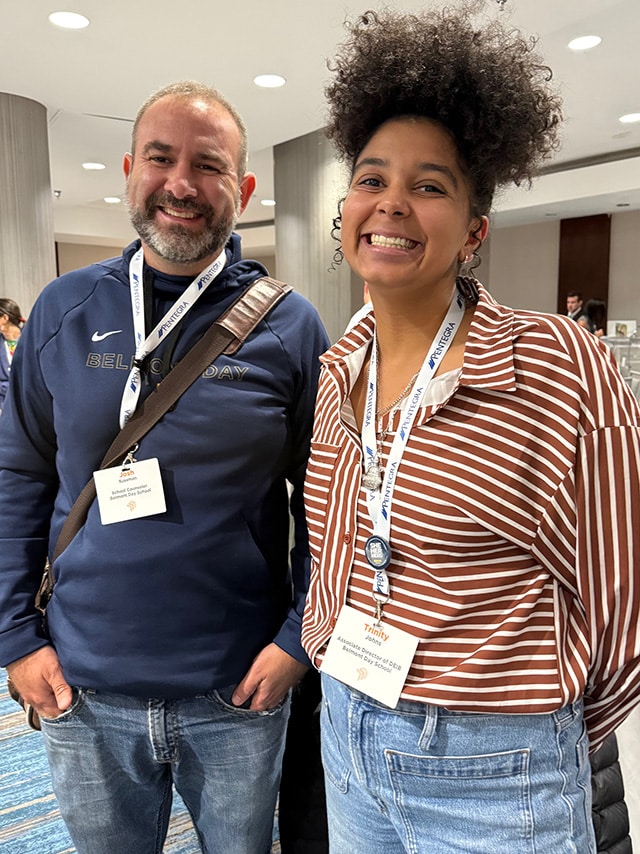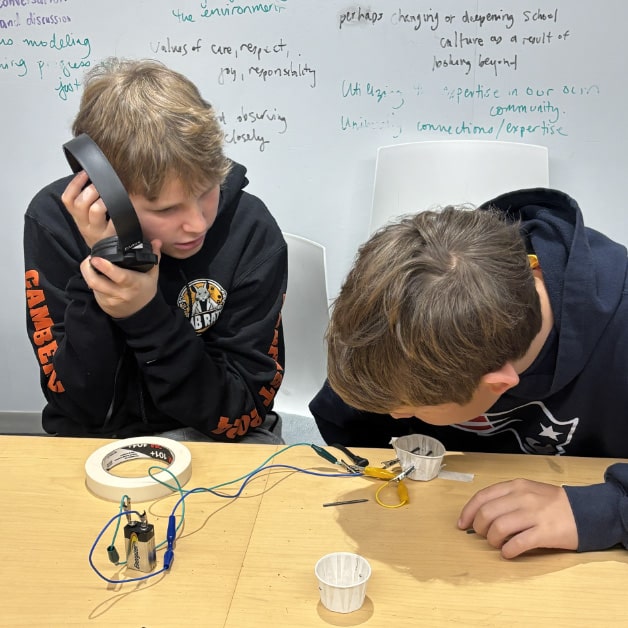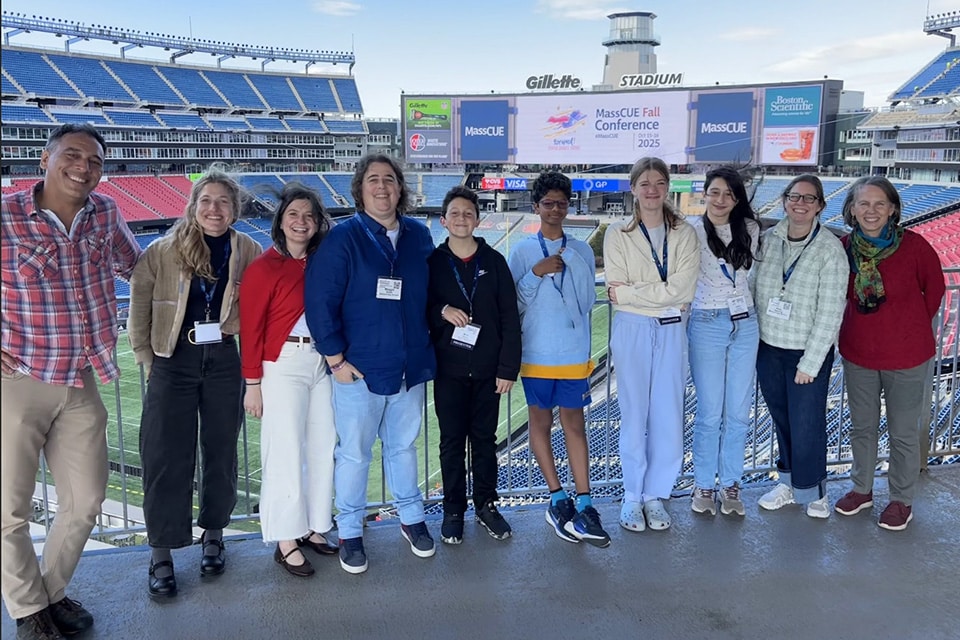PE Update: Some Pain, A Lot of Gain
When your workplace involves dynamic action, flying projectiles, and blistering speed, there are bound to be some bumps and bruises. Though we never like to see one of our students get hurt, learning to deal with injuries is part of physical education and an opportunity for growth and insight. There can be a moment of shock after falling or being struck with an object, and so becoming grounded with a few deep breaths and assessing ourselves can be a great first step. Pain is a useful sensation (unfortunately), and we can learn a lot by identifying where it hurts, what kind of pain it is (blunt or sharp?), and how much it hurts on a scale of one to ten. Usually, by the end of this assessment process, our students are ready to leap back into action and mostly annoyed about the delay. Sometimes getting a drink of water and returning to action when one is ready is the right move. And we are lucky to have Nurse Larocque nearby for any injury that needs extra attention.
Another strategy involves commending our students for their epic wipeouts. We could probably start a Youtube channel with all the pratfalls we see on a daily basis, and recognizing them for the exciting and occasionally humorous incidents they are can go a long way towards heading off a negative reaction. And sometimes, simply explaining that the feelings someone has are totally normal can help. After a quarter-mile run last year a second grader asked to go to the nurse, explaining, “My heart feels so old and I’m only eight.” The solution? Water, rest, and then more running.
– Alex Tzelnic, physical education teacher
Seventh Grade Looks At Food Industry in America
This fall in seventh grade social studies, students are learning about the food system. Using Michael Pollan’s Omnivore’s Dilemma as our guide, we are taking a closer look at the inner workings of the American food industry. Our focus started with corn and how it has risen to prominence as the dominant food crop in the United States. Students discovered that corn is so versatile that it can be found in many unexpected, even non-food, products, such as shampoo, matches, hand sanitizer, and bioengineered bone tissue! Our conversation then evolved into evaluating both the benefits and drawbacks of corn agribusiness. Students took time to look at the corn industry through the lens of our class’s “Sustainability Compass” and its four components: Nature, Economy, Wellbeing, and Society.
– Charlie Baird, grade 7 social studies teacher
Kindergarten Students Explore Meaning of Community
In my kindergarten cohort, we kicked off our unit on communities. We had an introductory discussion on the features of a community and listed some of the small and large communities we belong to, such as our cohort, a grade level, sports teams, our school community, our neighborhoods, places of worship, and much more. We settled on a definition of community as “a place where people live, work, or play together.” The kindergarteners spent some time on Thursday going around the school campus with our iPads, indoors and outdoors, searching for examples of communities. When a child spotted an example, they gave a silent cheer and the whole cohort paused as they took a photo. Some communities we observed were two administrative heads having a brainstorming conversation, the kitchen crew preparing lunches for the school, and different classes learning in the classroom or playing together on Big Blue or the fields. When the children returned to the classroom, they made an audio recording explaining why the subject of their photo exemplified the notion of a community.
– Betty Pryor, kindergarten teacher
